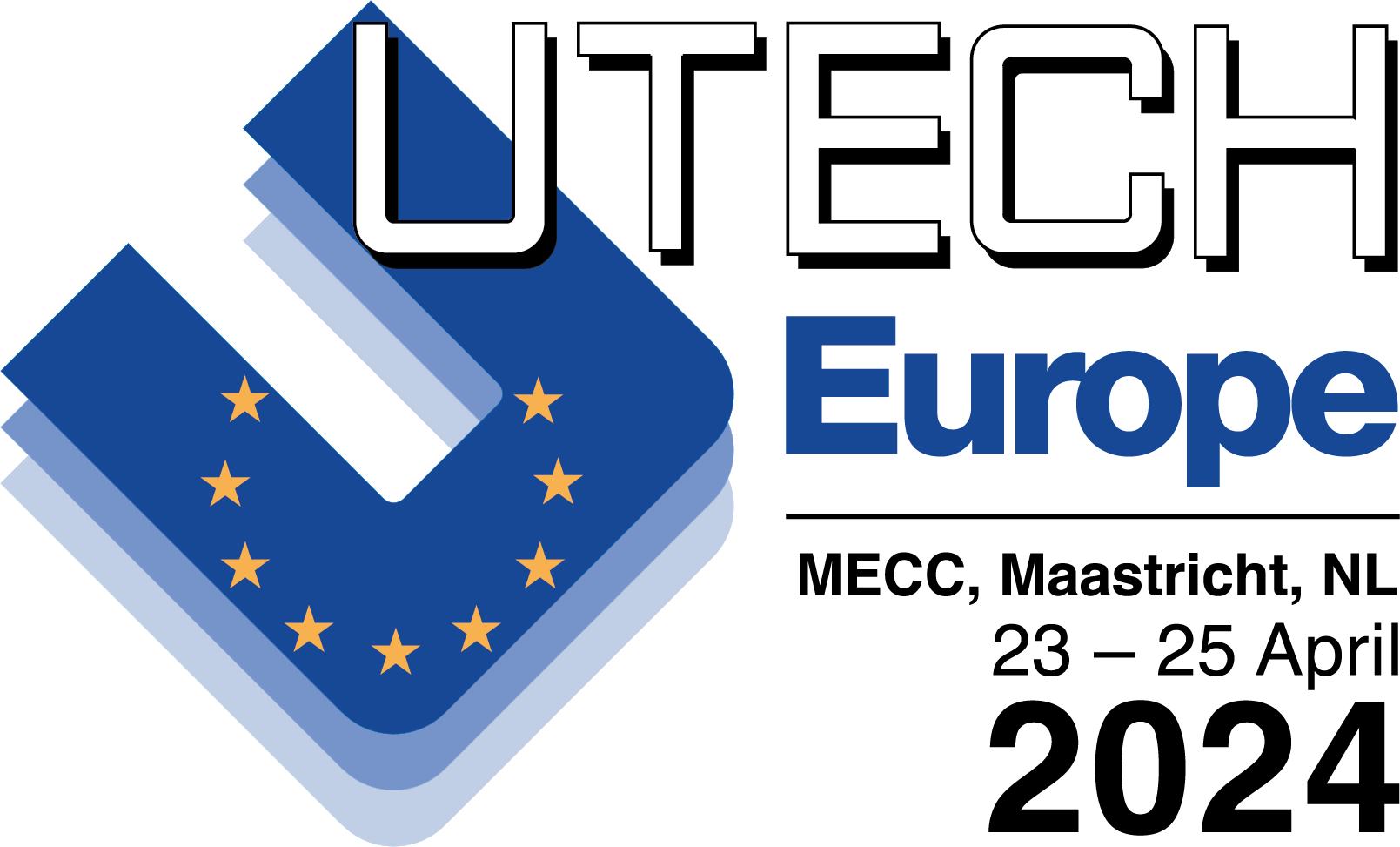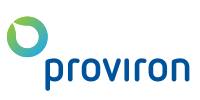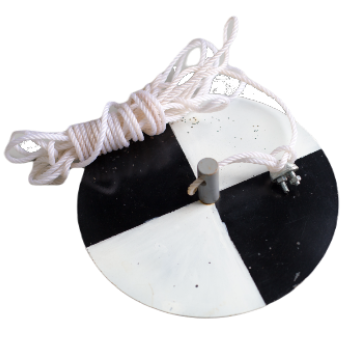
algae and more
can we help you with tools, resources and data about microalgae?
We’d like to share our tools and resources, because we believe it makes the aquaculture grow.
Sharing knowledge is the best way to help each other further. We do not have all the knowledge, but would share our insights with you with a selection of most relevant information, whitepapers and frequently asked questions.
how to use freeze dried microalgae
Using freeze dried algae is as easy as 1 2 3.
The microalgae are supplied as freeze dried powder under protective atmosphere in a light and air tight recipient with resealable strip. They can be stored at ambient temperature until opened. Once opened the algae can be kept fresh in a cool and dry place with the zip tightened.
The algae can be easily prepared by mixing according to one of the 2 handy instruction videos below. Details on the correct mixing method for the respective products can be found on the dedicated webpage mentioned on the package.
target applications for microalgae

shrimp hatcheries - microalgae as feed
Algal species used to feed prawn in hatcheries are generally chosen according to size and ability to grow in culture conditions. However, nutritional composition is at least as important to support good growth.

rotifer culture & pre-enrichment - fish
Rotifer as feed for fish larvae. As pre-enrichment technique microalgae are ideal for batch, semi-continuous and continuous rotifer production.

seacucumber feeding with microalgae
Algal species used to feed prawn in hatcheries are generally chosen according to size and ability to grow in culture conditions. However, nutritional composition is at least as important to support good growth.

green water technique - fish
Green water is a technology commonly used in aquaculture. The benefits have been shown for several (marine) fish species, molluscs and crustaceans. The method consists of adding algae in the water during larvae culture. … READ MORE

rotifer enrichment
Prior to feeding rotifers to your larvae they should be enriched with the appropriate nutrients (esp. PUFA’s).
news topics
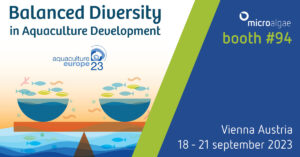
Aquaculture Europe 2023 – 18-21 september
booth #94 Aquaculture Europe 2023 Balanced Diversity in Aquaculture Development Aquaculture is the world’s most diverse farming practice in terms of number of species, farming
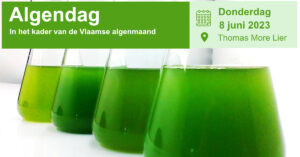
Algendag 2023
Thomas More Lier ALGENDAG 2023 Previous image Next image ILVO, Thomas More & partners van MAESTRO nodigen u uit op de algendag teLier in het

Aquaculture Europe – 27-30 september 2022
FAIR aquaculture Europe 2022 Aquaculture Europe 2022 will cover the full scope and diversity of European aquaculture. The thematic plenary and technical parallel sessions will
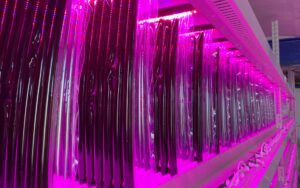
fragrance ‘aqua di algae’
developed during internship 😉 fragrance ‘aqua di algae’ Tibor Goysens, a bachelor student in pharmaceutical and biological laboratory technology, is doing an internship in the
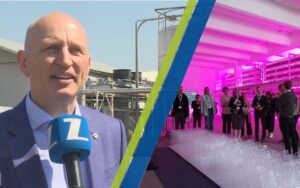
MicroAlgae plant visit 6 may 2022
may 2022 is the Flemish Algae Month visit MicroAlgae plant The month of May was declared by Flemish minister Crevits as the Month of Algae.

Vlaamse Algen Maand – Mei 2022
may 2022 is the Flemish Algae Month Vlaamse Algen Maand In 2022, the month of May will be declared the “Flemish Algae Month. Academic institutes,
frequently recurring topics
As the cells are still intact the nutrition provided by dried cells is at least equal to the live alternative. Due to fully controlled production conditions, identical over time, the nutritional composition is much more stable and of constant high quality all year round. This is not the case with live algae, where environmental conditions will determine the final composition.
In order to compare prices of different products, the only correct comparison is based on dry matter. Most of the pastes have a dry matter content between 8 – 15%. Prime algae are completely dry and thus much more concentrated. Prime algae are definitively competitive to pastes. In absolute cost the price will be up to 10x higher, but it is still less expensive based on dry weight. And that is without considering shipping costs!
The algae are cultured under optimal conditions and harvested and freezedried as gentle as possible. The result is that the Prime algae are very easily redispersed in water to provide an algal suspension with nicely separated and intact cells. These cells will stay in suspension for at least 24 hours and as such be fully available for the feeding prey.
Similarly as previous question, because of the intact cells and very good cell separation during rehydration there is low leaching and cells are kept in suspension very well.
Once the algal suspension is prepared (10-50g/L), this suspension can be kept cool (fridge) for at least 24 hours. This means that the suspension only needs to be prepared once a day and used for several feedings per day.
No additives are used during the process. The final Prime microalgae are only consisting of pure algae.
Very strict bacteriological monitoring is done and products are standardly checked on total bacterial count, Salmonella, Listeria, Clostridium, … and Vibrio. Since the start of our operations, we never found any pathogenic species or Vibrio species in our Prime algae. When used in live feed or larval tanks Vibrio proliferation does not increase, on the contrary.
other worldwide Proviron news
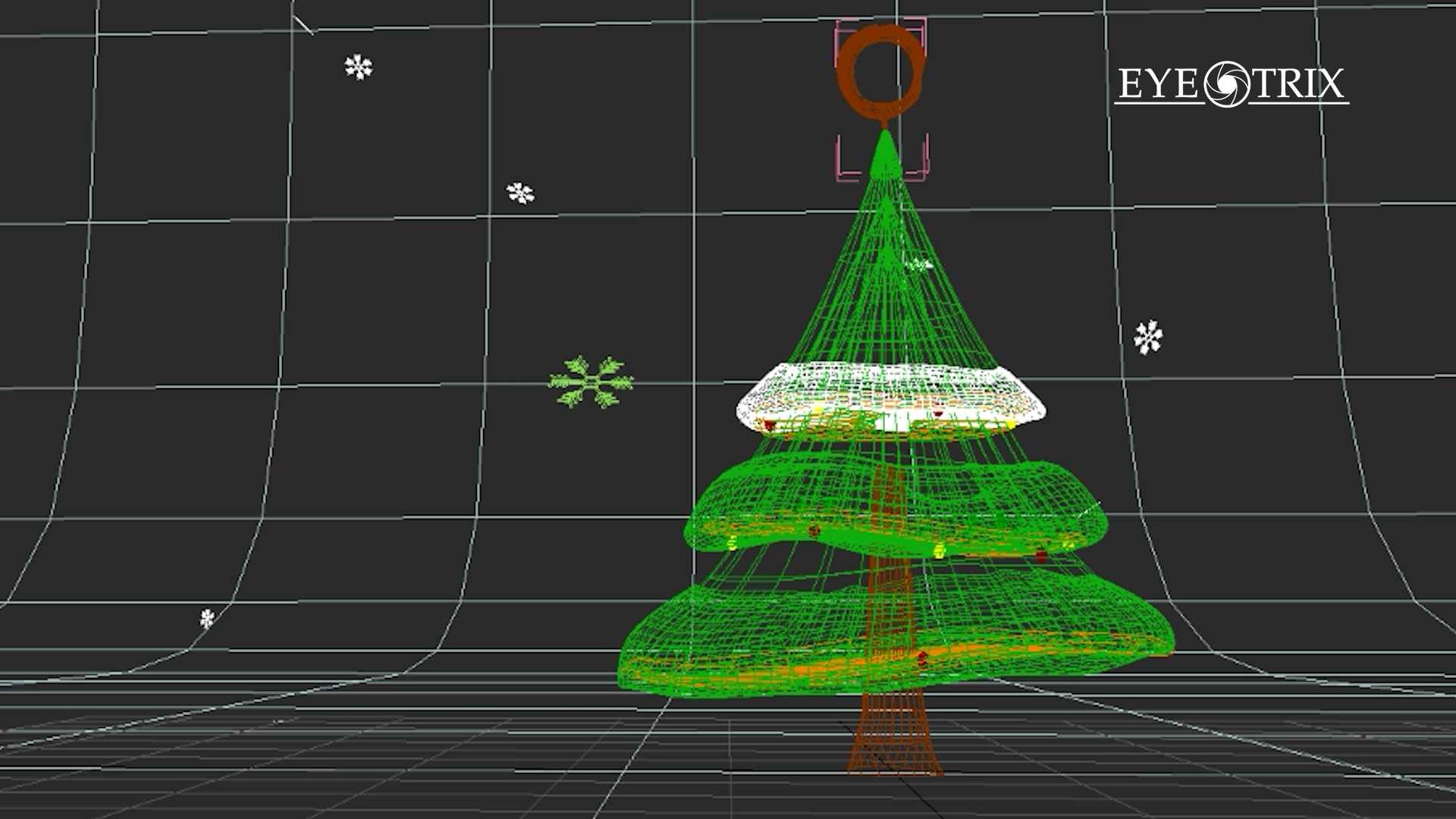
creating a new year campaign

GSE EXPO Europe 2024
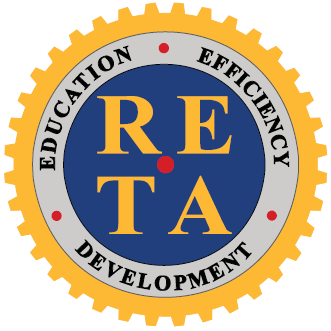
RETA 2024
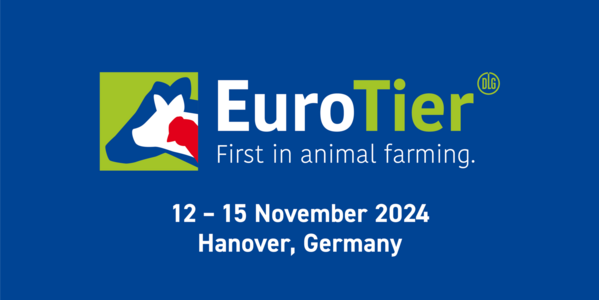
EUROTIER 2024
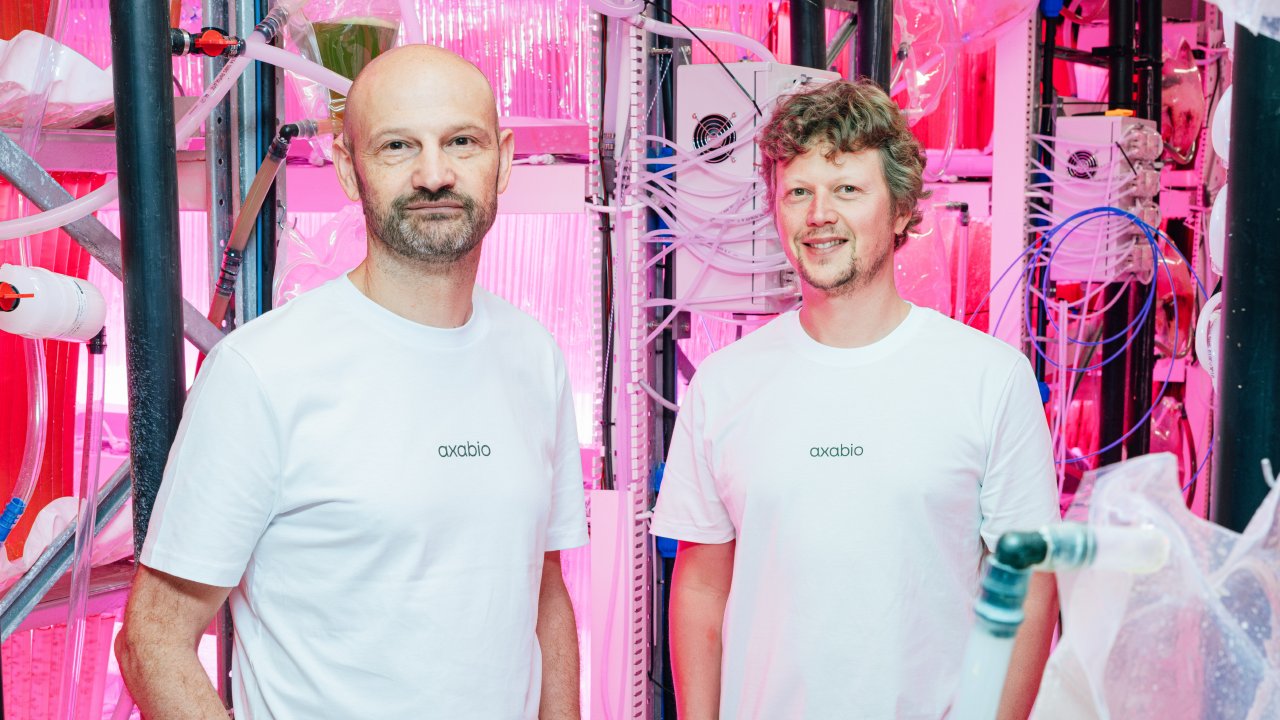
spin-off axabio
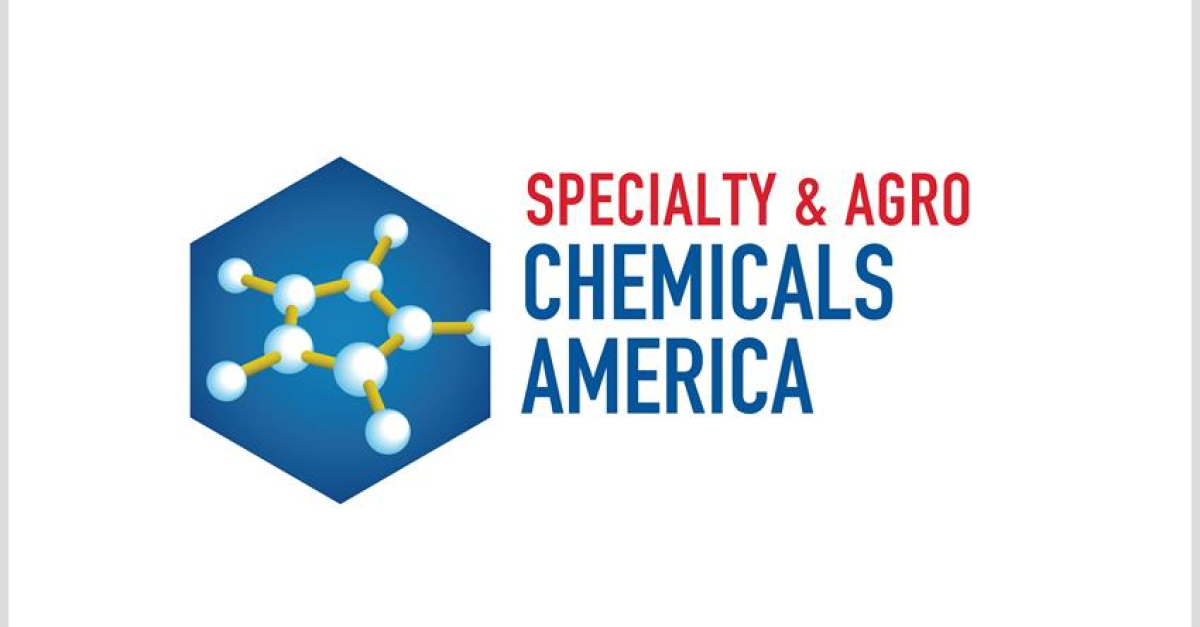
Specialty & Agro Chemicals America
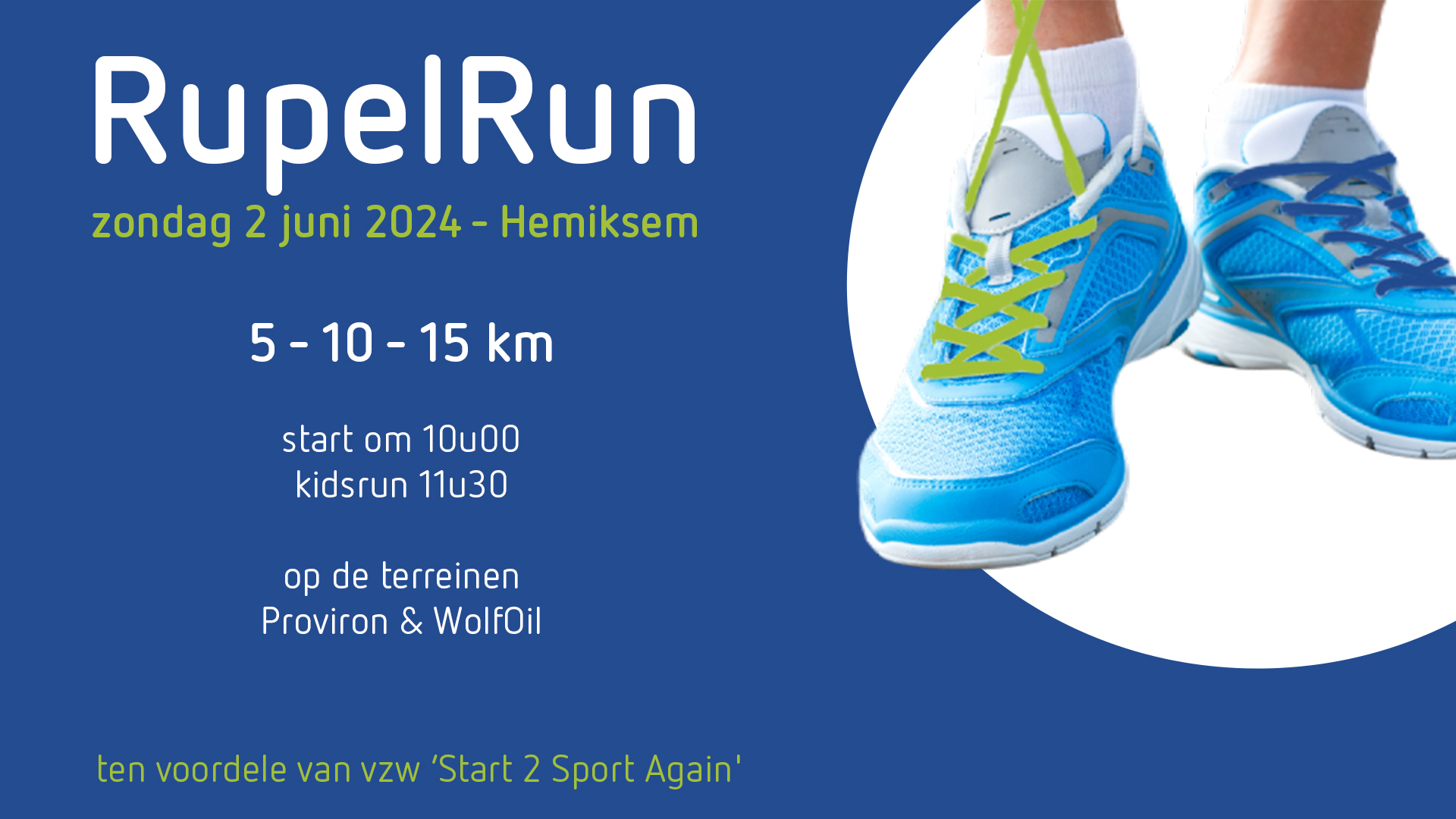
RupelRun 2024

Chinaplas 2024
